Continuing the theme, I spotted this post on Treehugger, showcasing the amazing work of Luc Schuiten, a Belgian architect who offers “…a visionary approach to rethinking cities, in a biomimetic fashion. In his lush and fantastical renderings of what he calls “vegetal cities,” urban centers are transformed into living, responsive architectures that merge nature with the man-made.”
The Woven City (image above) is indicative of the type of work he proposes. These illustrations remind me of a combination of the illustrations of Malcolm Wells, the immersive vegetated architectural constructions of Hundertwasser to and the botanical constructions like pooktre or botany buildings to name a few. These are solidly in the vegitectural lexicon, so surprised that i haven’t heard of Schuiten and his work before. I’m glad i did now, as it expands the notion to the city scale, and provides compelling visuals to match the notion.
A few of the images from his website:
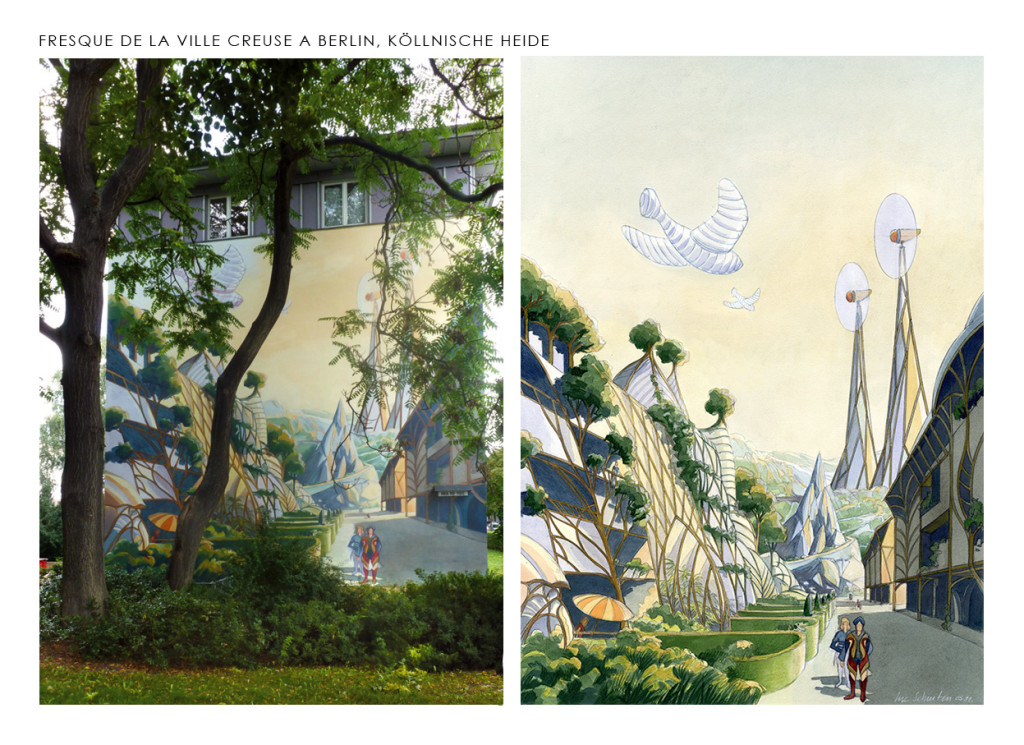
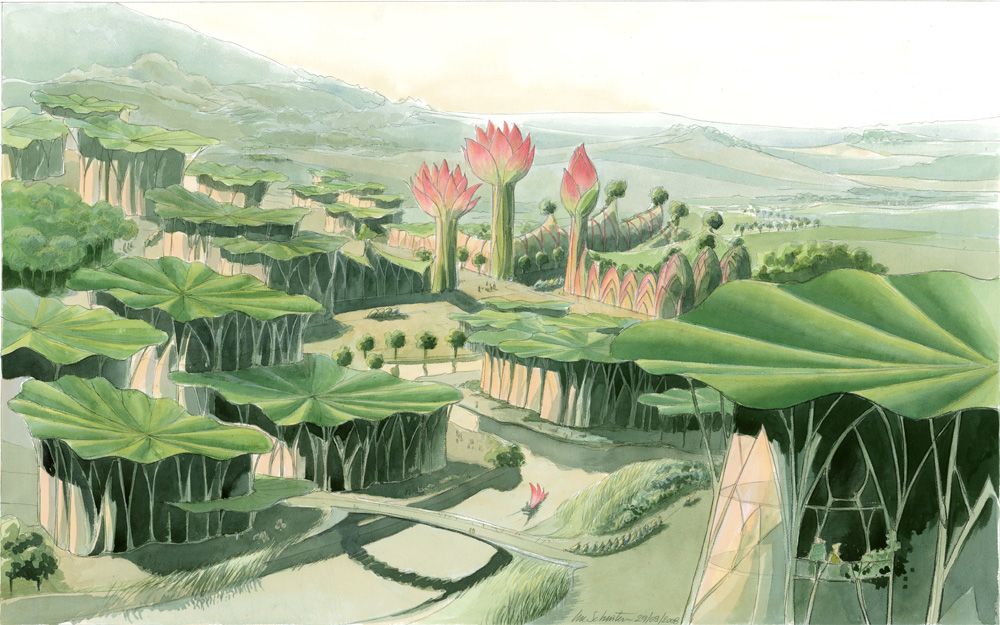
Sao Paulo
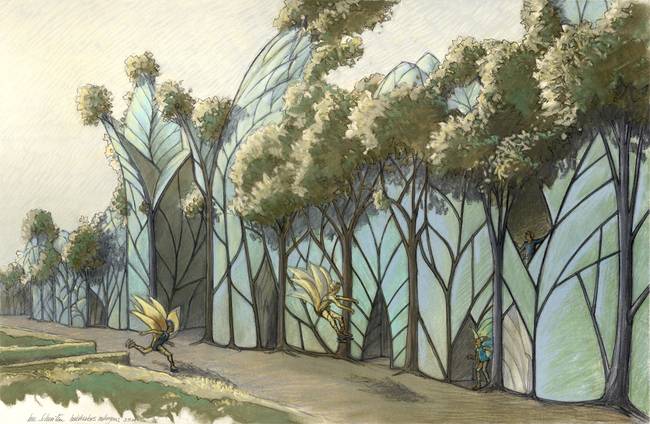
The City of the Waves
As a huge fan of the use of portmanteau to describe interesting concepts (i.e. Vegitecture) i stumbled a bit over Schuiten’s concept of Cite Archiborescente (tree architecture) is maybe a bit of a mouthful – perhaps less so in French. Better is the concept of habitable trees, noted as Habitarbres or more simply ‘tree-house cities’.
Digging in a bit more to his site – so amazing stuff from a career focusing on this concept. A video of his Ted talk from Nantes is found below for a bit more context on the approach.
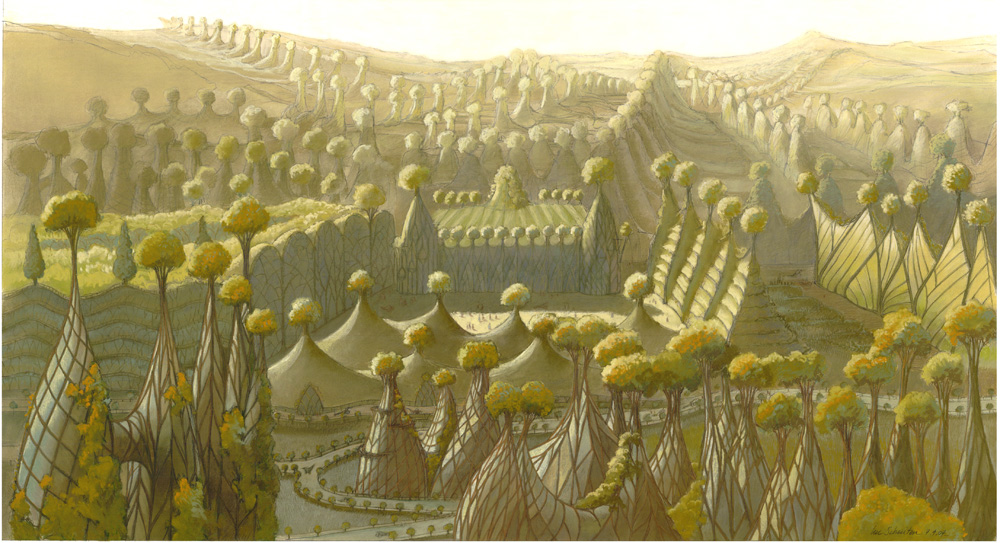
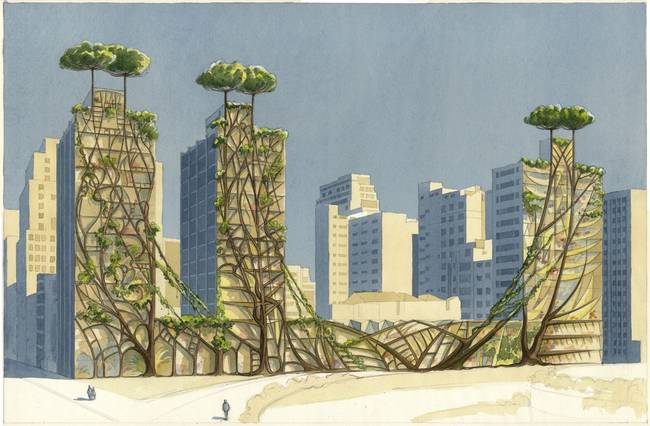
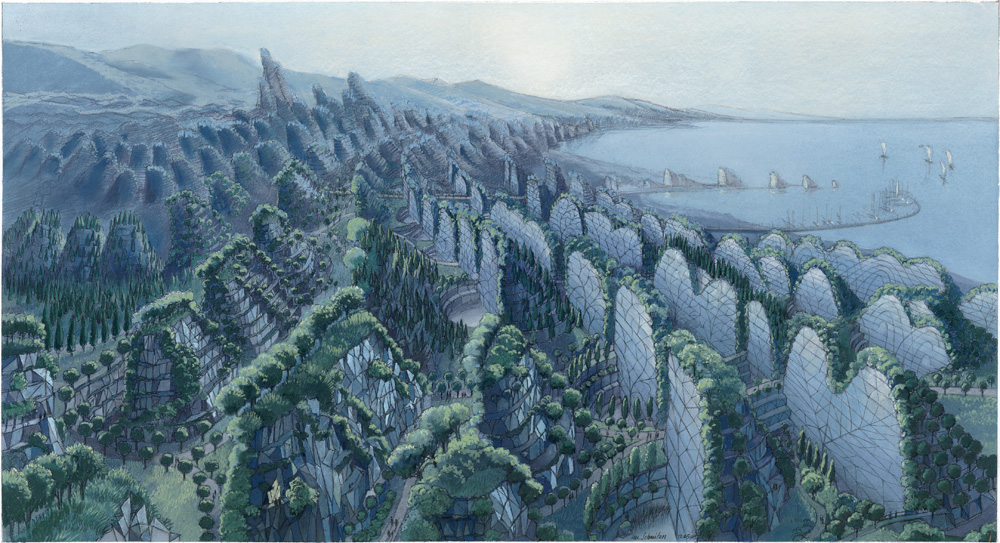
Really interesting concept, and something that’s is both visually impressive and actually necessary to pursue in these unsustainable times.